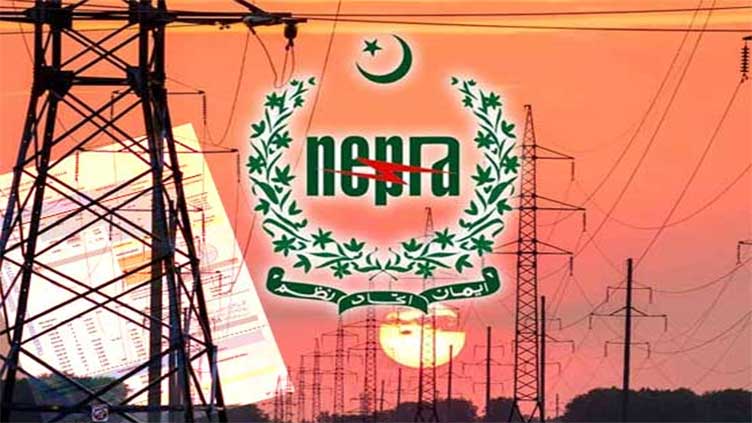Power generation capacity to hit 138,759GW this FY

Business
Power generation capacity to hit 138,759GW this FY
LAHORE (Dunya Investigation Cell) – The electricity production in the country will reach 138,759 Gigawatt (GW) per hour during the current financial year 2023-24.
According to the Nepra documents, 30 percent of electricity in the country is hydro production, 18 percent nuclear, 17 percent local coal, 12 percent imported coal, 10 percent local gas, 5 percent RLNG, 2 percent furnace oil, while six per cent renewable energy.
During the current fiscal year, the cost per unit of hydropower in the country will be Rs6.94 per unit, which is the lowest cost among all other sources. On the contrary, the cost per unit for generating electricity from imported coal is Rs40.54, the cost per unit for generating electricity from local coal is Rs23.97, the cost per unit for generating electricity from furnace oil is Rs48.56, the cost per unit for generating electricity from gas is Rs13.02 per unit, RLNG power generation Rs51.42 and nuclear power generation Rs18.38 per unit.
The import of power from Iran costs Rs24.73 per unit and the production of electricity from wind costs Rs33.64 per unit, sugarcane or bagasse Rs14.83 per unit, while generating electricity from solar energy costs Rs15.04.
At present, if the basic electricity tariff is reviewed, electricity for domestic consumers up to 100 units is Rs16.48, for consumers from 101 to 200 units is Rs.22.95, for consumers from 201 to 300 units is Rs27.14, from 301 up to 400 units is Rs.32.03, from 401 to 500 units is Rs.35.24, from 501 to 600 units is Rs.36.66, from 601 to 700 units is Rs.37.80, while for consumers using more than 700 units, the basic electricity tariff is Rs24.72 per unit.
Considering the cost of power generation from different sources, the average per unit of electricity is Rs 20.60, while electricity is being delivered by Nepra to the power distribution companies at Rs22.95 per unit.
According to the statistics of the recent economic survey of Pakistan, the country currently has the capacity to generate 41,000 megawatts of electricity, including 10,592 megawatts of hydropower, 24,095 megawatts of thermal power, 3,530 megawatts of nuclear power while renewable energy 2,783MW. The Nepra plans to increase the power generation capacity from 94121 gigawatt hour to 138,759 gigawatt hour during the current financial year.
Pakistan’s power sector costs are usually linked to decimals of dollars. Thus, changes in exchange rates directly affect production and delivery costs. Depreciation of the rupee against the US dollar increases the cost of power generation in the country, potentially leading to higher electricity prices for consumers.
Apart from this, the economic condition of the country, inflation rate, foreign exchange reserves and government policies also affect the production cost of electricity.
Keeping all this in mind, the average value of the dollar against the rupee for the current fiscal year 2023-24 has been fixed at Rs286 rupees by the Nepra. Adhering to the IMF agreement, the country currently has a market-based exchange rate system, which may further increase the value of the dollar against the rupee in the future. This will create the possibility of Nepra increasing the current electricity prices further.

